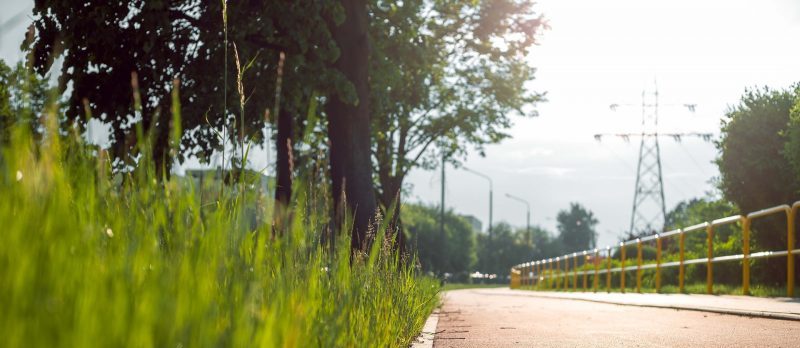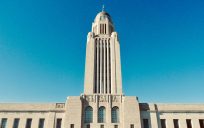Urban green spaces are often the places where people celebrate, mourn, protest and debate. Why? They’re typically free, easy to find, and open to all, making them the ideal locales to connect and cultivate cohesion among a community. People take ownership of the space, carving out their own niche either through formal events or organic gatherings.
Here in St. Louis, we’ve certainly seen our large parks used for everything from protests and rallies to relaxation and exercise. During the pandemic, other spaces have doubled as surrogates for once-indoor activities, such as distribution centers for food or supplies. Urban green spaces are simply a great choice for socially distant meet-ups due in no small part to being well-established or iconic. With just a few words, people know exactly where to meet and what to expect.
The problem is, many public spaces go underused — an unfortunate circumstance when many people feel isolated and anxious about everything else going on in the world. Over the last six months, we’ve heard a lot of feedback from constituents about the need for respite and a connection to nature, as well as the desire to move, stay healthy and experience the seasons. In other words, urban green spaces can serve so many purposes for so many people as long as they’re amenity-rich, accessible and visible.
Improving Public Space Usage
The mere presence of an urban green space doesn’t necessarily guarantee public use. If a city wants its community members to view a neighborhood park as a place to gather, certain initiatives can help make the space more welcoming. Here are just a few ideas.
1. Identify community needs.
Public projects should always follow the direction and guidance of the communities they serve. Otherwise, the facilities and services will go underused. Ask community members for their input early and often. Reach out to organizations and local groups that serve a range of different populations. It’s all about meeting people where they are to ensure use and ownership.
2. Plan accordingly.
It’s one thing to keep facilities in good working condition. It’s another to provide all the amenities necessary to use and enjoy the public space. Evaluate the accessibility of restrooms, water fountains, benches, play areas, walking paths, sporting areas and even shade. The more amenities available, the higher the likelihood that community members will use the space.
3. Get the message out.
Visibility is important for any service, including public spaces. If you want community members to utilize a neighborhood park, distribute messaging through various channels about the facilities, activities and services you offer. Think about the ways you can communicate with intent about inclusivity. Employ public art, interpretive signage, tours, photos and other promotional materials to highlight your mission and values. Get innovative with digital marketing strategies. Again, meet people where they are.
4. Minimize the barriers to entry.
Awareness isn’t always enough to increase public space usage. Many times, you also need to reduce the barriers to entry by creating multiple access points, connections to public transportation, and parking facilities for cars and bikes. Make sure your messaging communicates not just directions to the space, but also the transportation options available to community members.
5. Simplify.
Community members shouldn’t need to be professional event planners to reserve a space. Make the process as simple, clear and intuitive as possible. If necessary, make yourself available to coach people through the process. As with anything, give people no reason to seek services elsewhere.
Civic engagement can help bring any urban green space to life. There’s something truly magical when community members can witness their input used to create a park that serves their needs. And when they see themselves reflected in their space, the place will have a much higher degree of success.
Invite people to become part of a neighborhood park, seek their input, and provide them the facilities and services they’re looking for. That’s the surest way to bring some much-need respite.
Susan Trautman is CEO of Great Rivers Greenway, the public agency that plans and builds networks of greenways that connect the St. Louis region. Since 2010, she has been instrumental in advancing the regional vision to make the St. Louis region a more vibrant place to live, work and play by developing a regional network of greenways.





Leave a Reply
You must be logged in to post a comment.